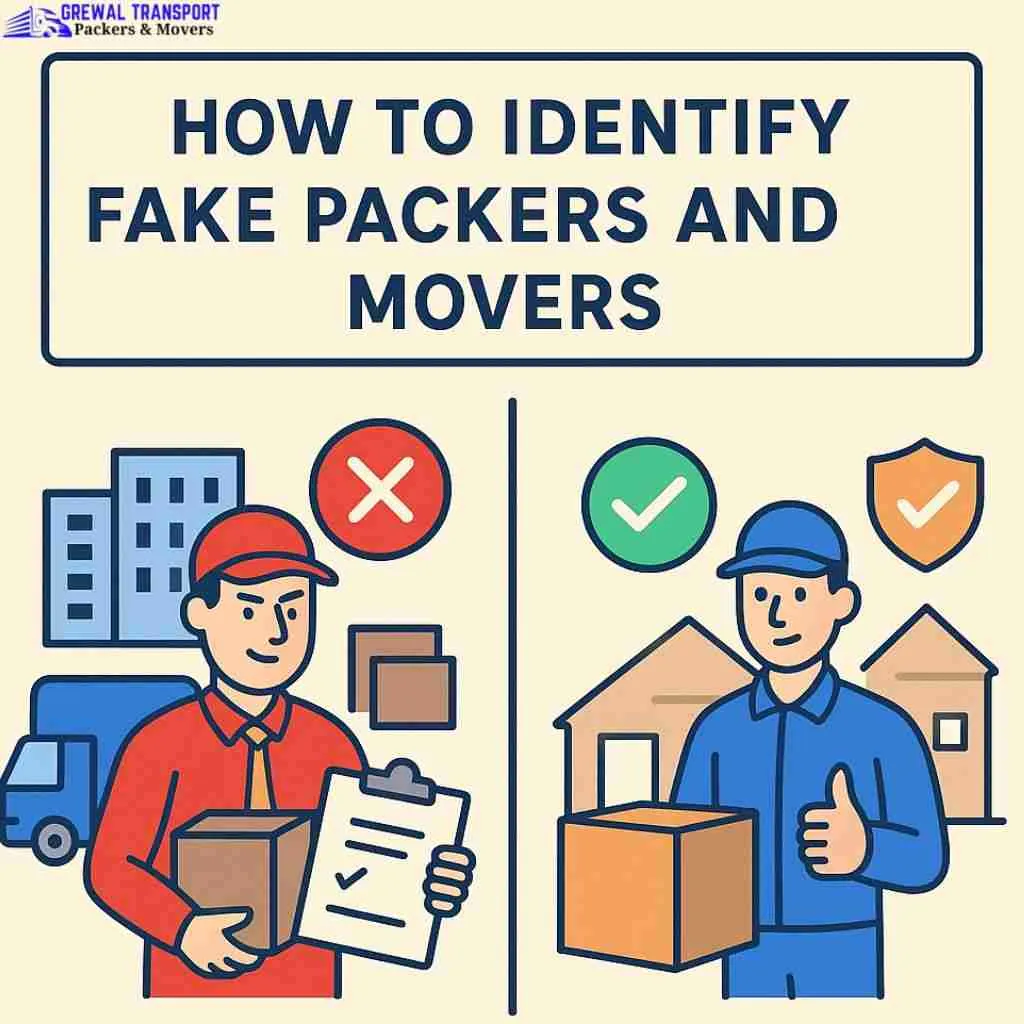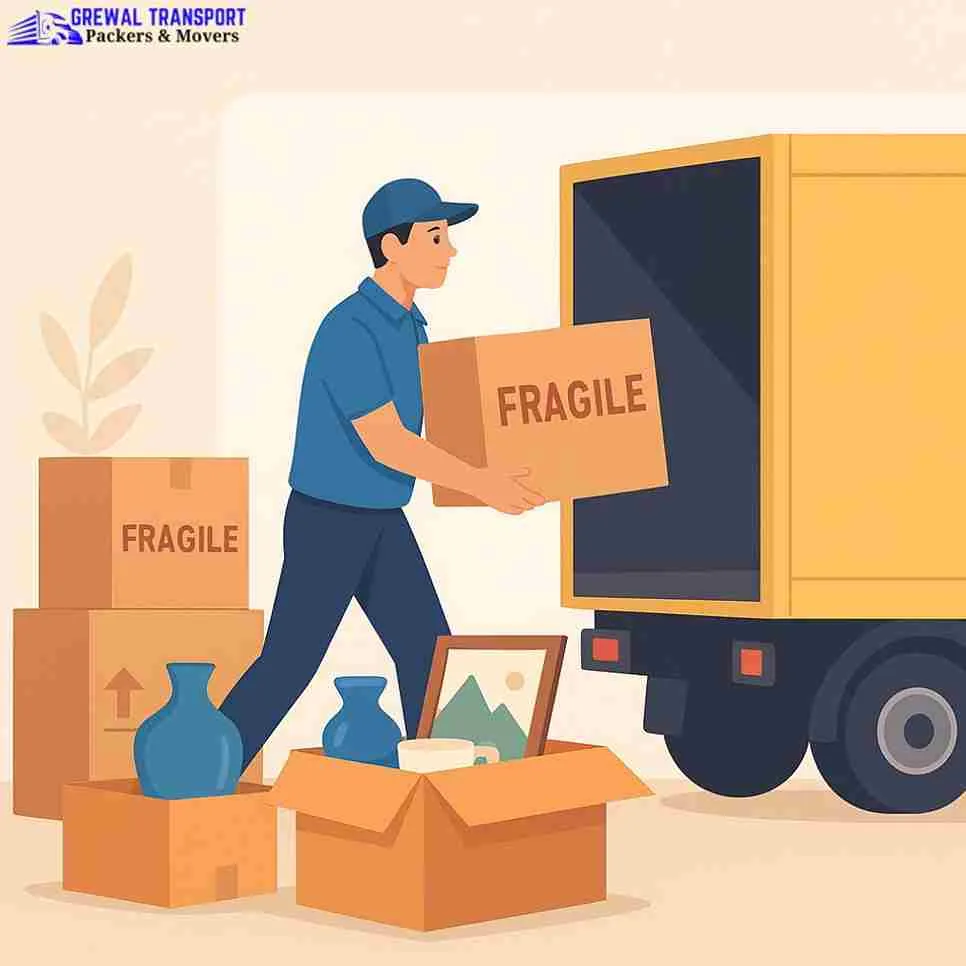Transporting a vehicle safely requires careful planning, especially if you’re moving across cities or states. One of the most critical decisions when arranging a car transport service is whether to use an open or enclosed car carrier. Each option offers distinct advantages, and choosing the right one depends on your vehicle type, budget, and desired level of protection.
Understanding the differences between these two options can help ensure your vehicle arrives safely, whether you use a professional packers and movers service for a whole-house shifting or ship a car or bike through a specialized transport service.
What Is an Open Car Carrier?
Open car carriers are the most common vehicle transport method. They are large trailers that carry multiple vehicles on two levels, leaving them exposed to the open air during transport.
Advantages of Open Carriers
- Cost-Effective: Open carriers are generally more affordable because they can transport multiple vehicles simultaneously. This makes them a practical choice for budget-conscious moves.
- Easy Availability: Transport companies widely use open carriers, so scheduling a move is often faster and more flexible.
- Efficient Loading and Unloading: Open trailers allow quick access for multiple cars, which saves time during pickup and delivery.
Disadvantages of Open Carriers
- Exposure to Weather: Vehicles are exposed to rain, snow, dust, and sunlight, which may affect delicate paint or exterior finishes.
- Risk of Minor Damage: Open carriers can expose cars to road debris, gravel, or small stones, potentially causing scratches or dents.
- Limited Privacy: Your vehicle is visible to the public, which may be a concern if it’s a high-value or luxury car.
Open carriers are suitable for most vehicles, especially standard cars and motorcycles, making them ideal for everyday car or bike transport services.
What Is an Enclosed Car Carrier?
Enclosed carriers are fully covered trailers that shield vehicles from the outside environment. They are designed for luxury, classic, or high-value cars needing extra transport protection.
Advantages of Enclosed Carriers
- Maximum Protection: Vehicles are fully protected from weather, dust, debris, and potential theft or vandalism.
- Ideal for Valuable Vehicles: Perfect for classic, luxury, or custom vehicles that require careful handling.
- Controlled Conditions: Some enclosed carriers offer climate-controlled environments for sensitive cars.
Disadvantages of Enclosed Carriers
- Higher Cost: Enclosed transport is more expensive due to fewer cars per trailer and extra protective measures.
- Limited Availability: Enclosed carriers are less common and may require booking in advance.
- Longer Transport Times: Because fewer vehicles are transported per trip, delivery schedules may be slightly longer.
Enclosed carriers are recommended when transporting luxury cars, vintage motorcycles, or high-value items via a truck transport service.
Key Factors to Consider When Choosing a Carrier
- Vehicle Type: Luxury or classic cars benefit from enclosed transport, while standard cars can be safely moved via open carriers.
- Budget: Open carriers are cost-effective, while enclosed carriers provide maximum protection at a premium price.
- Distance and Route: Long-distance moves with uncertain weather favor enclosed carriers. Short, local moves often work fine with open carriers.
- Timing: Open carriers are more readily available and flexible. Enclosed carriers may need prior booking.
- Level of Protection Needed: If your car has custom paint, modifications, or is a collectible, enclosed transport ensures peace of mind.
Tips to Ensure Safe Vehicle Transport
- Clean Your Vehicle: A clean car helps identify pre-existing scratches or damage.
- Remove Personal Items: Most transport services do not cover personal belongings inside vehicles.
- Check Fluids and Battery: Ensure the vehicle is in good working condition for transport.
- Document Condition: Take photos for insurance purposes, noting any existing dents or scratches.
- Communicate with Movers: Let your transport company know your vehicle’s requirements.
When to Choose Each Carrier
- Open Car Carrier: Best for standard cars, motorcycles, budget-friendly moves, and short-distance transportation.
- Enclosed Car Carrier: Best for luxury, antique, or custom vehicles, long-distance moves, and situations where maximum protection is required.
Conclusion
Choosing between an open and an enclosed car carrier depends on your priorities: cost, protection, and convenience. Open carriers are affordable and efficient for everyday cars and motorcycles. Enclosed carriers provide unmatched safety and peace of mind for high-value, classic, or luxury vehicles.
Professional car or bike transport services ensure your vehicle arrives safely, whether through a truck transport service or during relocation. By understanding the differences and considering your vehicle’s needs, you can choose a smooth and worry-free move.




